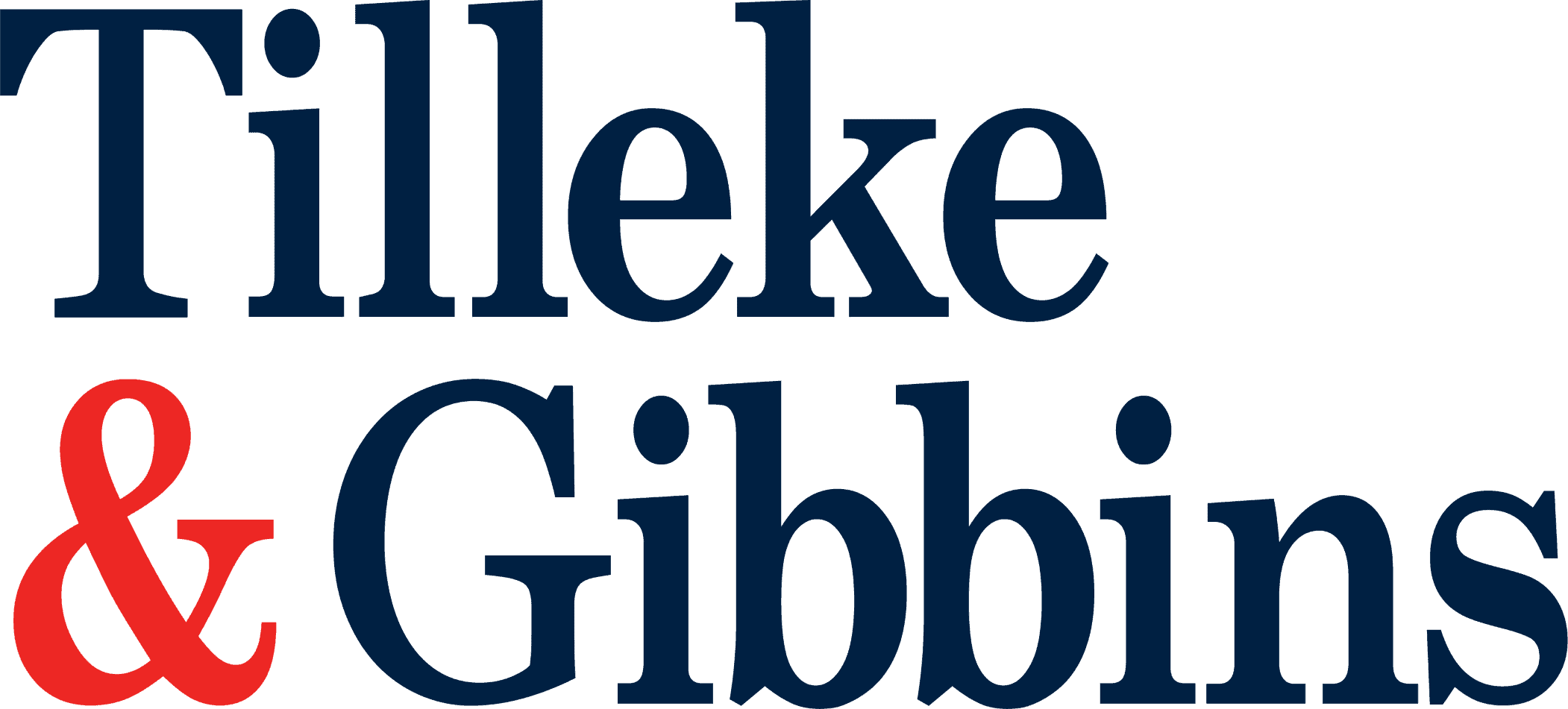
Indonesia’s amended Trademark Law has been in force since November 25, 2016, and brings a number of substantive changes to the country’s trademark regime. Perhaps the most significant change relates to how trademarks are published, as this directly affects the entire portfolio management of a trademark owner.
New Approach to Trademark Publication
Under the old law, trademark publication takes place after the substantive examination stage and lasts for three months. Opposition can be filed during this time, and the trademark application will be reexamined based on the opposition. Under the new law, trademark publication takes place before the substantive examination stage and lasts for two months. When the application is examined, the examiner will also have information regarding any oppositions that may have been filed. This streamlined procedure eliminates the reexamination step and should, at least in theory, speed up the registration process.
Dual System of Trademark Prosecution
In order to transition from the old law into the new law, the Indonesian Trademark Office has implemented a dual system of trademark prosecution under which applications filed before November 25, 2016, are prosecuted according to the old law, and applications filed on or after November 25, 2016, are prosecuted according to the new law. Thus, each route has its own publication procedure—applications under the old law are being published after they have already been substantively examined, while applications under the new law are being published when they have yet to be substantively examined.
Increase in Number of Publications
Based on information from the Trademark Office, the number of publications in Indonesia has increased significantly from 2016 to 2017. For the full 12 months of 2016, 49,830 applications were published. Whereas for January to June of 2017, 62,277 applications have been published under both the old law and the new law.
Implications for Trademark Applicants
The publication period provides the opportunity to file opposition against a trademark application. With the shortening of the publication period from three months to two months, it is prudent for trademark owners to keep watch on publications and promptly file an opposition upon finding similar marks. Once this time frame has passed, there is no chance for an opposition to be filed, and the only other possibility would be to file for a cancelation of the trademark with the Commercial Court, which is more costly and time-consuming.
Additionally, according to the Ministerial Regulation No. 67 of 2016, if the owner of a well-known mark would like the examiner to refuse a trademark application in an unrelated class based on the similarity to the well-known mark, the owner of the well-known mark must file an opposition.
Importantly, the deadline to submit an opposition will depend on which trademark law the publication in question falls under, since the two types of publications run in parallel under both laws. An interesting issue has thus presented itself under this type of parallel publication in the form of uncertainty over who has better rights in regard to a priority claim.
Trademark publications that are published according to the new law do not necessarily have confirmation on whether or not priority can be claimed because the priority document can be submitted up to three months from the filing date. However, the new law also states that a trademark application should be published within 15 days from the application filing date, according to Article 14. Thus, there is a gap between the publication date and the deadline to submit a priority document.
For example, a trademark application with no priority claim could have been filed on June 30, 2017, and published on July 14, 2017, under the new law. Separately, another applicant could have filed an application on July 1, 2017, for a trademark with a priority claim date of February 1, 2017, and that application could also be published on July 14, 2017. Since the priority document may not yet have been submitted at the time of publication, there is uncertainty as to which applicant has the better right. It is possible for prior right to be determined later during substantive examination, as the priority document should have already been submitted at that time.
With the issues presented by the new law, it is more crucial than ever for trademark applicants to pay attention to the publications process. If an applicant finds that a published trademark application is similar to their own mark, they should file an opposition even if the opposed mark has a priority date prior to their own mark because priority right may not have been established yet during publication. During substantive examination, if the examiner determines that priority cannot be claimed for an opposed mark, the applicant will have the better right as long as their mark has an earlier application date.
